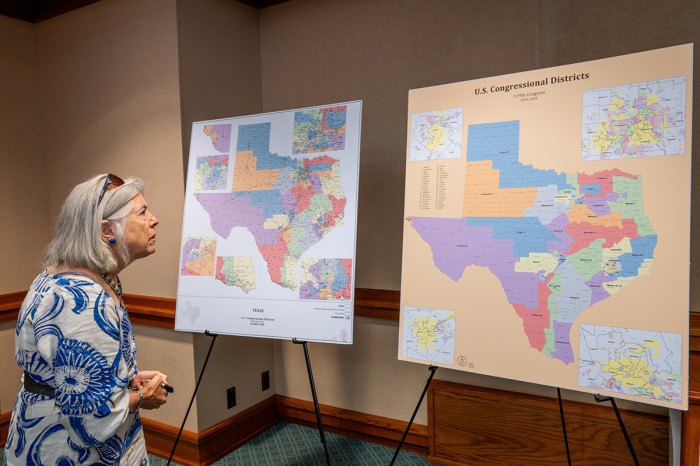
With just over a year until the midterm elections that will determine control of Congress for the last two years of President Donald Trump’s term, efforts are underway to redraw congressional districts in several states.
While new congressional districts were adopted following the 2020 U.S. census and took effect in the 2022 elections, developments in several states could lead to new maps that, in turn, could affect the outcome of next year’s elections.
In the 2024 election, Republicans won 220 seats while Democrats won 215 seats. The RealClearPolitics average of the generic ballot, which asks voters which party they want to control Congress, shows Democrats with a lead of 3.6 percentage points based on polls taken since July 1.
The Democrats’ lead in the generic ballot, combined with Trump having a net disapproval rating of 5.5 percentage points and Republicans holding a razor-thin majority in the U.S. House, suggests that Democrats have a good chance of taking control of the House next year. However, control of the House is not determined by a national vote, but rather by the election results in each of the 435 congressional districts.
Over the past month, efforts to redraw congressional districts ahead of the 2030 U.S. census have materialized against the backdrop of the 2026 midterm elections. A renewed discussion about the topic of gerrymandering, where districts are drawn specifically to benefit one political party, has emerged as lawmakers and state leaders on both sides of the aisle have reacted to the implications of the mid-decade redistricting.
Here are five things to know about the redistricting debate.
Ryan Foley is a reporter for The Christian Post. He can be reached at: ryan.foley@christianpost.com
















